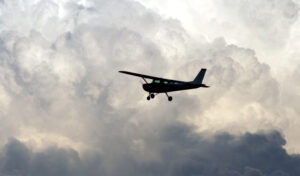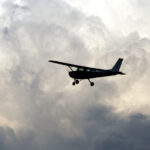FAA regulations are on the list of topics for a new helicopter safety team
The global helicopter industry is working to step up its game. Having been a part of the EMS rotor wing community for many years, I am all too familiar with the safety record of this segment of aviation. We did our best to operate within the FAA regulations and even enforced company policies that were more restrictive than the FAA. Yet, we still lost one of our own to a tragic, fatal accident.
It seems like there was a period when social media posts were abundant with a black line through an EMS image, indicating the loss of yet another medical helicopter. Fortunately, it seems like the tide is turning. I haven’t seen that sad post in a while now. I wonder if the safety initiatives are finally making a difference.
The latest news for creating safer skies for the Vertical Takeoff and Landing (VTOL) community comes in the form of a new group called the Vertical Aviation Safety Team (VAST). The team consists of the international helicopter community, regional safety organizations, and related stakeholders. The unique premise behind VAST is the international collaboration between the members. The team was created to build on international best practices and the latest safety standards.
The regional safety teams will continue to do their scheduled work but will now engage with VAST to get their findings out to the international community. This change will help distribute and integrate the safety data, programs, and recommendations shared globally.
Individual VAST working groups will be tasked with overseeing efforts in technology, FAA regulations, and the promotion of safety. I have high hopes that all of this interest in bringing safety experts together on an international level will bring out the best of the best when it comes to safety practices throughout the helicopter community, especially EMS. If even one life is saved, the effort is worth it.









